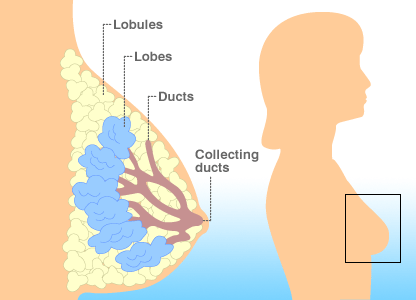 I know that you have read a lot about how you to get your teeth white. But most of them in the end says that you should spend a lot of money. Below I have found some advice how to keep teeth clean.
I know that you have read a lot about how you to get your teeth white. But most of them in the end says that you should spend a lot of money. Below I have found some advice how to keep teeth clean.1. First you will need to check what you are eating and drinking. Coffee, smooking and red wine are the most thing that dirt on our teeth. So if you are smooking you need to stop smoking to get your teeth white again.
2. Try purchasing a new toothbrush. One that works very well, I have choosen the sonic toothbrush.
3. Buy special toothpaste that will help to whiten your teeth. There are dozens of toothpaste on the market that claim to whiten and brighten you smile. But the best thing to do is to talk with your dentist about this.
4. Don't forget to floss. You may not think so but flossing really does play an important role in keeping your teeth white and healthy. A large majority of dental problems are caused by the lack of flossing.
5. Visit your dentist constantly.
| Tags: Oral Care, Public Health and Safety |
Labels: Oral Care, Public Health















